Introduction to What is the Best Cat Food
Choosing the best cat food is vital for the health and well-being of your feline friend. With so many options available, it can be overwhelming to decide which one is right for your cat. Knowing your cat’s nutritional needs and what to look for can help you. It will let you make an informed decision.
Understanding Cat Nutrition
In the realm of feline health, understanding cat nutrition is paramount. Cats are unique creatures with specific dietary needs crucial for their well-being. Proper nutrition fuels their energy. It is also key to maintaining their coat, digestion, and immune system.
First, cats are bind carnivores, meaning they need a diet rich in animal proteins to thrive. Essential amino acids like taurine, found in meat, are vital for their heart health and vision. So, a high-quality cat food should have animal-based proteins as its primary ingredients.
Fat is another key part of a cat’s diet. It gives a lot of energy. But, it’s crucial to ensure a balance. Eating too much fat can cause obesity and related health issues.
Additionally, cats need certain vitamins and minerals to support various functions. For instance, vitamin A is key for vision and immune health. Calcium and phosphorus are needed for bone strength.
Understanding a cat’s hydration needs is important. Cats have a low thirst drive, stemming from their desert-dwelling ancestors. So, adding wet food to their diet can help ensure they get enough water. This prevents issues like urinary tract problems.
Also, their age, activity level, and any health issues are crucial. They help tailor the cat’s diet. Regular vet check-ups can show any special dietary needs your cat may have.
Providing a balanced diet is vital. It must meet a cat’s nutritional needs. It’s key for their health and long life. By understanding cat nutrition basics, owners can choose to ensure their pets are happy and healthy.
Types of Cat Food
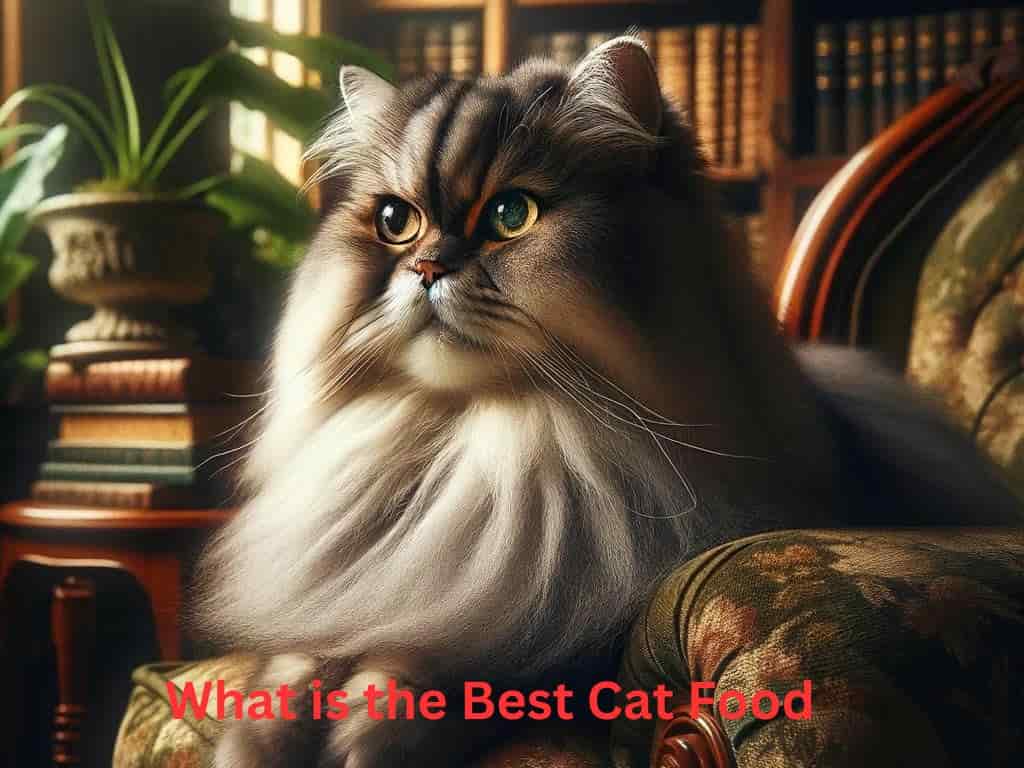
When it comes to feeding our cats, understanding the types of cat food is crucial. It helps us give them the best nutrition. They include kibble, canned types, and special diets. There are many options. They cater to different diet preferences and health needs.
1. Dry Cat Food (Kibble)
Dry cat food, referred to as kibble, is a popular choice among cat owners due to its convenience and long shelf life. This cat food has a balanced mix of proteins, carbs, fats, and vitamins and minerals. Kibble can help dental health. It does this by reducing plaque and tartar buildup through chewing.
2. Wet Cat Food (Canned)
Cats love wet cat food. It comes in cans or pouches. They love it for its taste and high moisture. Wet cat food has more water than dry food. This can help promote hydration. It’s especially useful for cats that may not drink much. Also, the soft texture of wet food makes it easier to eat for kittens, senior cats, or those with dental issues.
3. Raw Cat Food
Raw cat food diets mimic the natural diet of wild cats, consisting of raw meat, bones, and organs. Advocates of raw feeding believe it provides cats with key nutrients and enzymes. They think these may be lost during cooking. But, it’s essential to handle raw food to cut the risk of bacterial contamination for both cats and humans.
4. Freeze-Dried and Dehydrated Cat Food
Freeze-dried and dehydrated cat foods are a convenient compromise. They are between raw and traditional diets. This cat food undergoes minimal processing. It keeps the ingredients’ nutrition while extending shelf life. They are often nuggets or flakes that you rehydrate. They are a convenient option for cat owners. They want a balanced diet with little prep.
5. Prescription and Specialized Diets
Some cats may need special diets. These diets address health issues or food sensitivities. Veterinarians plan prescription diets. They target issues. These include urinary tract health, weight management, and gut or food allergies. The diets have precise formulations. They are tailored to meet the unique needs of individual cats.
Many cat food options are available. They allow cat owners to pick the best diet for their furry friends. They can choose based on their preferences, health needs, and lifestyle. It’s kibble, canned food, raw diets, or specialized formulations. Providing nutritious and balanced meals is key. They promote the health and well-being of our beloved feline friends.
Key Ingredients to Look for
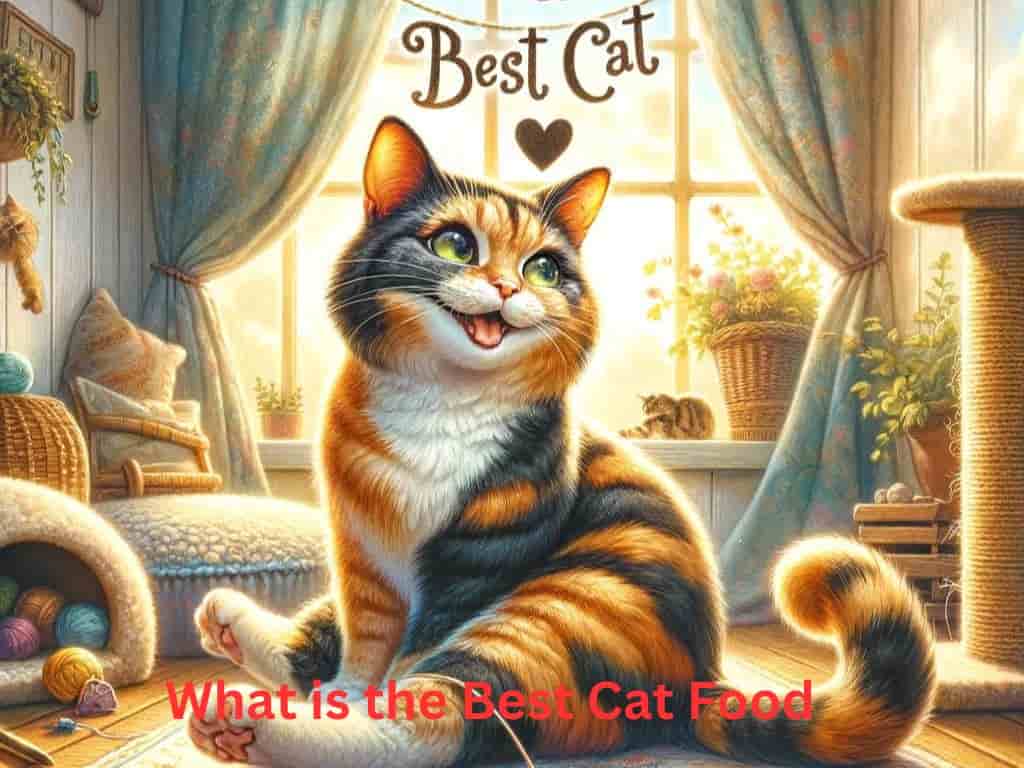
When choosing the best cat food for your furry friend, you must know the key ingredients to look for. This knowledge is vital to ensure they get the nutrients they need to thrive. You may be in the pet store or looking online. Look for these key ingredients. They will help you make informed decisions about your cat’s diet.
1. High-Quality Animal Protein
Cats are obligate carnivores. They need a diet rich in animal proteins to meet their nutritional needs. Look for cat foods with protein sources. The best sources are chicken, turkey, beef, or fish. These proteins provide vital amino acids. Muscles need them for maintenance and immune function for health.
2. Essential Fatty Acids
Cats need omega-3 and omega-6 fatty acids. These acids maintain healthy skin, a shiny coat, and support their immune function. Ingredients like fish oil, flaxseed, and poultry fat are great sources. They have these essential fatty acids. Including these fats in your cat’s diet can help prevent skin issues and promote a lustrous coat.
3. Vitamins and Minerals
Make sure the cat food you choose has vitamins and minerals. For example, vitamin A, vitamin E, taurine, calcium, and phosphorus. These nutrients are vital. They maintain vision, bone health, and heart function in cats. They also maintain cat well-being. Your cat’s health needs a mix of vitamins and minerals. They must be balanced.
4. Limited Carbohydrates
While carbohydrates are not bad for cats, they should be limited in their diet. Look for cat foods with carbs from good sources. These sources include fruits, vegetables, and grains. They should be in moderate amounts. Too many carbohydrates can cause weight gain. They may not match cats’ natural diets.
By focusing on these key parts in your cat’s diet, you can give them a balanced and nutritious meal. It will support their health and vitality for years to come. Always ask your veterinarian for personalized dietary recommendations. The recommendations should be based on your cat’s age. They should also be based on how active it is and any health concerns.
Avoiding Harmful Ingredients
Caring for your beloved cat starts with minding what is in their food. Some ingredients found in cat food may be harmful or have adverse effects on your cat’s health. By knowing what to avoid, you can make informed choices. They will safeguard your cat’s nutrition and health.
1. Artificial Preservatives, Colors, and Flavors
Most cat foods contain artificial preservatives, colors, and flavors. These make the food tasty and last long. But, these additives may cause allergic or digestive issues. They may also cause long-term health problems in some cats. Choose cat foods that use natural preservatives. For example, they can use mixed tocopherols (vitamin E).
2. Fillers and By-Products
Avoid cat foods with too much filler like corn, wheat, or soy. They offer little nutrition and may cause obesity or digestion issues. By-products come from low-quality animal parts or organs. They should be avoided. They may lack essential nutrients and good protein.
3. High Levels of Sodium and Artificial Sweeteners
Too much sodium can lead to health issues. These issues include high blood pressure and kidney problems in cats. , artificial sweeteners like xylitol are toxic to cats and should be avoided at all costs. Check the ingredient list for hidden sodium and sweeteners. Look especially in canned or processed cat foods.
4. Mystery Meat and Unidentified Protein Sources
Ensure that the protein sources listed in your cat’s food are identified and of high quality. Avoid cat foods that use vague terms like “meat by-products” or “animal digest.” These may contain low-quality or unspecified protein that could harm your cat.
Be vigilant about the ingredients in your cat’s food. Choose products that prioritize quality and safety. This can help protect your cat from health risks and ensure they get the nutrition they need to thrive. Always ask your vet for personalized diet advice. The advice should fit your cat’s needs and preferences.
Considerations for Special Diets

As for your cat’s diet, there are many things to keep in mind. This is especially true when special diets are needed. Your cat may have food sensitivities, medical conditions, or specific dietary preferences. Understanding these factors is crucial. It allows you to give them good nutrition and ensure their well-being.
Food Allergies and Sensitivities
Some cats may develop allergies to certain ingredients. These include grains, poultry, or fish. If your cat itches or has stomach or skin problems, you may need to switch to a hypoallergenic or limited diet. Look for cat foods made to address food allergies. They have novel protein sources and limited ingredient lists. These features cut the risk of triggering allergic reactions.
Weight Management and Obesity
Cats often have obesity. It can lead to many health problems, such as diabetes, joint issues, and heart disease. If your cat is overweight or prone to weight gain, consider switching to a weight management diet. These diets are meant to make cats feel full. They also control calories and aid weight loss. These diets have more protein and fiber. They also have less fat and fewer calories.
Urinary Tract Health
Cats are prone to urinary tract issues. These include urinary crystals or bladder stones. Diet can make these issues worse. These diets are meant to promote urinary tract health. They do so by controlling pH, cutting minerals, and raising water intake. These diets may include ingredients like cranberries and omega-3 fatty acids. They also have controlled levels of magnesium. These ingredients support urinary tract function and prevent crystals or stones.
Senior Cat Care
As cats age, their needs may change. Their diet must adjust to support problems related to aging. These include less movement, dental health, and thinking. Senior cat diets have less calories and fat to prevent weight gain. They also have added joint support supplements, like glucosamine and chondroitin. Also, softer textures and smaller kibble may help older cats. They have dental issues or struggle to chew.
Consider these factors. Talk to your vet. Then, you can pick the right special diet for your cat’s needs. This will ensure they get the tailored nutrition for a happy, healthy life.
Reading Cat Food Labels
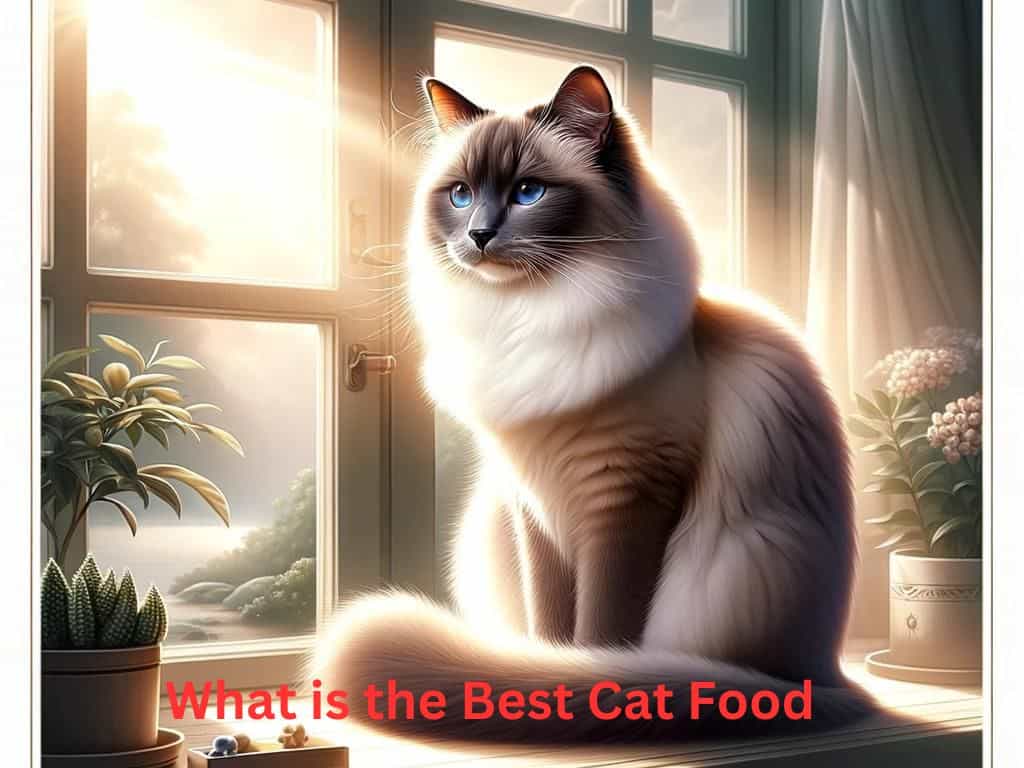
Understanding how to read cat food labels is essential. It is key for pet owners who want to give their cats the best nutrition. Cat food labels contain useful facts. They cover the ingredients, nutrition, and quality of the product. Decipher these labels. Then, you can make informed decisions. They will ensure your cat gets a balanced and wholesome diet.
Ingredient List:
The ingredient list is one of the most critical aspects of a cat food label. The ingredients are listed by weight. The most important ones come first. Look for cat foods with high-quality protein. They should have sources like chicken, turkey, or fish at the top of the ingredient list. Avoid products with fillers, by-products, or artificial additives listed .
Guaranteed Analysis
This section guarantees essential info about the nutrient content of the cat food. It covers protein, fat, fiber, and moisture percentages. Pay attention to the levels of crude protein and fat. They should meet your cat’s needs for nutrition. Also, consider the moisture content. Wet cat foods have more moisture. This moisture can help hydrate.
Nutritional Adequacy Statement
The statement says if the cat food meets the standards set by organizations. These organizations include the Association of American Feed Control Officials (AAFCO). It shows if the food has complete and balanced nutrition. Look for phrases like “meets AAFCO nutrient profiles.” You should also look for phrases like “complete and balanced for all life stages.” They show the food is right for your cat’s age and life stage.
Feeding Guidelines
Feeding guidelines give recommendations on how much food to feed your cat. The recommendations are based on their weight and activity level. Follow these guidelines to prevent overfeeding or underfeeding your cat. Adjust the part size as needed to maintain your cat’s ideal body condition and weight.
By reading cat food labels, and understanding them, you can make informed choices. This will help promote your cat’s health and well-being. Remember to consider your cat’s dietary needs, preferences, and any health issues. Do this when picking their food.
Popular Brands and Reviews
Choosing the right cat food brand is crucial. It provides your feline friend with the nutrition they need to thrive. Many options are available. You must consider factors like ingredient quality, nutrition, and brand when choosing. Here are some popular cat food brands. The list includes reviews and recommendations. They will help you make an informed choice.
1. Royal Canin
Royal Canin is well-known for its breed-specific formulations and veterinary expertise. It offers many cat food options. They are made for the unique needs of different breeds. These needs vary by life stage and health condition. It has high-quality ingredients and precise nutritional formulas. Many cat owners and vets praise it. It is effective for meeting specific dietary needs.
2. Hill’s Science Diet
The cat food is backed by science. It is made by veterinarians. Hill’s Science Diet provides many cat food products. They are made for different health needs. These include weight management, digestion, and skin and coat care. It focuses on balanced nutrition and natural ingredients. Hill’s Science Diet has gotten positive reviews. It works well for promoting cat health and well-being.
3. Purina Pro Plan
Purina Pro Plan offers a diverse lineup of cat food formulas. They are crafted to meet the nutritional needs of cats at every stage of life, from kittens to seniors. It focuses on high-quality proteins, essential nutrients, and targeted formulas for health concerns. Purina Pro Plan supports cats’ health and vitality well.
4. Wellness
Wellness cat food is known for its commitment to using natural, good ingredients. It avoids artificial additives, fillers, and by-products. The magazine focuses on holistic nutrition and balanced recipes. It offers a range of grain-free and limited ingredient options. These are good for cats with food sensitivities or allergies. Many cat owners appreciate Wellness. They like its transparency, quality, and dedication to promoting feline wellness.
When choosing a cat food brand, consider your cat’s needs. These include their preferences and any dietary requirements. Also, ask your vet. They can give insights and advice tailored to your cat’s health.
Price vs. Quality
When it comes to selecting cat food, pet owners often face the dilemma of balancing price and quality. Options may seem appealing. But, it’s essential to consider the food’s nutrition and quality. This is to ensure your cat’s health and well-being.
1. Nutritional Content
Good cat food should have essential nutrients. These include high-quality proteins, healthy fats, vitamins, and minerals. They are necessary for your cat’s health. Cheaper cat food options may have lower-quality ingredients, fillers, or artificial additives. These may not meet your cat’s needs and could cause long-term health issues.
2. Ingredient Quality
Higher-priced cat foods often use premium-quality ingredients. These include real meat, whole grains, and natural additives. They come from reputable suppliers. These ingredients are easier to digest. They also offer better nutrition than lower-quality alternatives. Cheaper cat foods often have these lower-quality options. Investing in quality ingredients can contribute to your cat’s health, digestion, and well-being.
3. Health Benefits
Good cat foods may offer many health benefits. These include better digestion, healthy skin and coat, and improved immune support. These benefits come from their selected ingredients and balanced formulations. The initial cost may be higher. But, the long-term health benefits can outweigh the price difference. They reduce vet bills and promote your cat’s longevity.
4. Consideration for Special Diets
If your cat has specific dietary needs or health concerns, you may need to buy higher-quality cat food. It can address these needs. These diets have premium ingredients. They are made for specific health conditions. For example, urinary tract health or weight management. They may cost more but are invaluable for supporting your cat’s health and well-being.
Price is a factor to consider. But, when choosing cat food, it’s key to prioritize quality and nutrition. This is essential for ensuring your cat’s long-term health and happiness. Invest in high-quality cat food. It will provide your cat with the nutrition they need to thrive. It will help them enjoy an active life by your side.
Transitioning to a New Diet
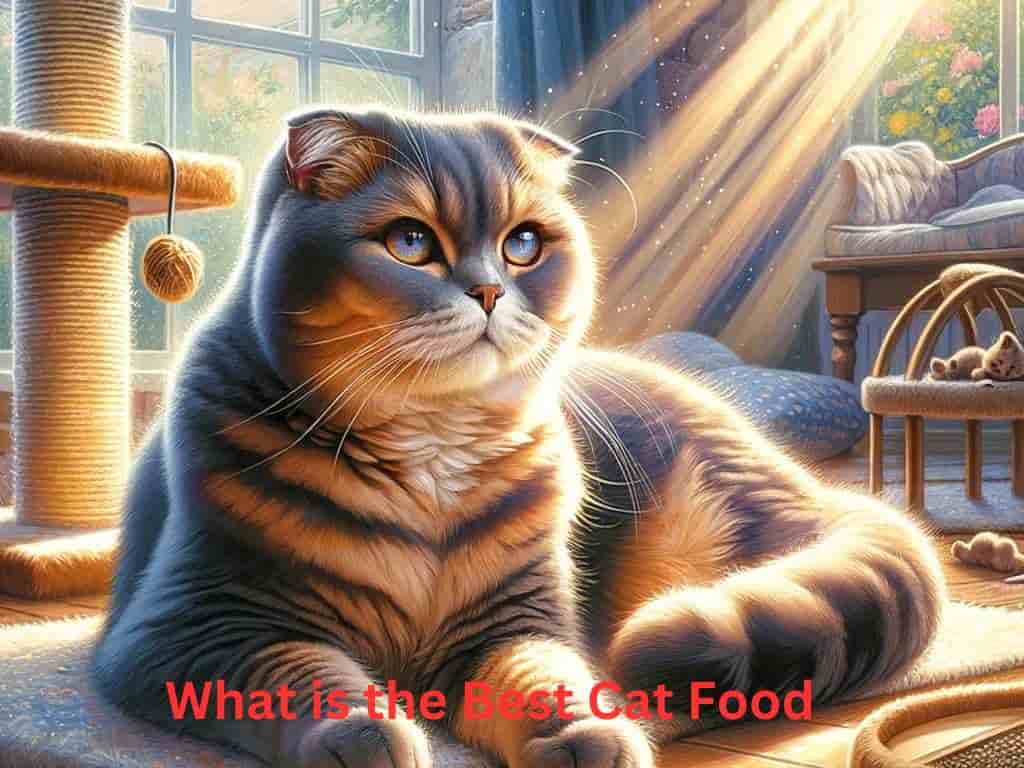
Transitioning your cat to a new diet requires patience. It also requires careful planning and attention to their likes and needs. You may be switching to a new brand, formulation, or type of cat food. These steps can help. They will make the transition smooth and stress-free for your cat.
Gradual Transition
Abrupt changes in diet can upset your cat’s stomach and lead to digestive issues. Instead, introduce the new food by mixing it with their current food over the course of 7-10 days. Start with a bit of the new food mixed into their old food. Then, add more new food and less old food.
Monitor Your Cat’s Response
Keep a close eye on your cat’s response to the new diet during the transition period. Watch for signs of tummy trouble. These include vomiting, diarrhea, and less appetite. If your cat has any bad reactions, slow the transition. Or, ask your vet for guidance.
Encourage Acceptance
Some cats may be hesitant to try new foods. This is especially true if they’re used to a particular flavor or texture. Encourage acceptance. Offer small amounts of the new food as treats or mix it with their favorite wet food. Additionally, warming the new food can enhance its aroma and make it more appealing to your cat.
Be Patient and Persistent
Switching to a new diet may take time. This is especially true for picky eaters or cats with sensitive stomachs. Be patient and persistent, and avoid giving in to the temptation to revert to their old diet too . With time and consistency, most cats will adapt to the new food and enjoy its benefits.
Follow these tips. Take a gradual approach when changing your cat’s diet. This can minimize stress and ensure a successful transition. It will support your cat’s long-term health and well-being.
Consulting with a Veterinarian
When it comes to ensuring your cat’s health through good food, consulting a vet is key. Vets play a crucial role. They guide pet owners to make informed decisions about their cat’s diet. They address specific health concerns and tailor diet advice to meet individual needs.
Personalized Dietary Advice
Veterinarians can give personalized dietary advice. It’s based on your cat’s age, breed, and activity level. They also consider existing health problems. They can suggest cat food brands, types, and feeding strategies. These promote health and fix nutritional issues.
Health Monitoring
Regular vet check-ups let you check your cat’s health and nutrition. Vets can assess your cat’s body condition, weight, and any signs of poor nutrition. They may also do tests to find health issues. These issues could affect your cat’s diet.
Managing Medical Conditions
Cats with some medical conditions, like diabetes, kidney disease, or food allergies, may need special diets. They are for managing their health. Vets can prescribe special diets. The diets support these conditions, ease symptoms, and improve life.
Nutritional Counseling
Veterinarians can give nutritional advice. This advice can address common concerns. These include weight management, diet changes, and picking good treats and supplements. They can also teach pet owners. They will teach about balanced nutrition, part control, and feeding practices. These things ensure their cat’s long-term health.
Pet owners can consult with a veterinarian. They can get expert guidance and support. They can get help in navigating the complexities of cat nutrition. Veterinarians play a vital role. They help select the right cat food. They manage medical conditions and address dietary concerns. They promote the health and happiness of our feline companions.
Homemade vs. Store-Bought
Deciding between homemade and store-bought cat food is a choice. Many pet owners face it when considering their cat’s nutrition. Both options have good and bad points. It’s important to weigh them to pick the best one for your cat’s health and well-being.
Nutritional Balance
Store-bought cat foods are designed to give cats complete and balanced nutrition. They meet cats’ needs for essential nutrients like protein, vitamins, and minerals. Making homemade cat food requires careful planning. You also need to supervise it to ensure it meets all your cat’s nutritional needs. Without guidance, homemade diets may lack nutrients. They may also contain imbalances. These issues could harm your cat’s health.
Ingredient Quality
Homemade cat food lets you control the quality and sourcing of ingredients. You can choose fresh, high-quality ingredients. This lets you avoid the additives, preservatives, and fillers in some cat foods. Yet, finding and preparing ingredients for homemade cat food can be time-consuming. It may need more effort and resources.
Cost Considerations
Store-bought cat food is convenient and cheap. Many options are available to suit different budgets and preferences. Homemade cat food may seem cheap at first. But, buying top-quality ingredients and ensuring balance can be costly. You must consider the long-term costs. You must also consider the feasibility of keeping a homemade diet for your cat.
Veterinary Guidance
Talking to a vet is crucial. This is true whether you choose homemade or store-bought cat food. Veterinarians can offer useful advice tailored to your cat’s needs. This includes guidance on choosing the right commercial cat food. They can also help with making a balanced homemade diet and adding the right supplements.
The choice between homemade and store-bought cat food depends on your cat’s health and dietary preferences. It also depends on your ability to provide nutrition. Consulting with a vet can help you make an informed choice. It will prioritize your cat’s health and well-being.
Common Myths About Cat Food
Misconceptions about cat food abound, leading to confusion among pet owners about what constitutes a healthy diet for their feline companions. By debunking these common myths, pet owners can make informed decisions to ensure their cats receive the nutrition they need to thrive.
1. Myth: Cats Should Only Eat Dry Food for Dental Health. Fact: While dry food may help reduce plaque and tartar buildup to some extent, it’s not the only solution for maintaining dental health. Wet food can also play a role in oral hygiene by promoting chewing and saliva production. The key is to provide a balanced diet that includes both wet and dry food options.
2. Myth: Grain-Free Diets are Always Healthier for Cats. Fact: Contrary to popular belief, grains like corn, wheat, and rice are not inherently harmful to cats. In fact, whole grains can provide valuable nutrients and fiber in their diet. The focus should be on the quality of ingredients rather than the absence of grains. Some cats may have allergies or sensitivities to certain grains, but this is not the case for all cats.
3. Myth: Homemade Diets are Always Superior to Commercial Cat Food. Fact: While homemade diets offer control over ingredient quality and sourcing, they can also be challenging to balance properly. Without careful planning and supervision, homemade diets may lack essential nutrients or contain imbalances that could harm your cat’s health. Commercial cat foods undergo rigorous testing and formulation to ensure they meet nutritional standards for cats.
4. Myth: All Cat Foods Labeled “Natural” or “Organic” are Healthy. Fact: Terms like “natural” and “organic” on cat food labels can be misleading. While these labels may imply higher quality or better nutrition, they are not regulated or standardized. It’s essential to scrutinize the ingredient list and nutritional content of cat food products, regardless of labeling claims, to ensure they meet your cat’s specific dietary needs.
By dispelling these common myths about cat food, pet owners can make more informed choices that prioritize their cat’s health and well-being. Consulting with a veterinarian can provide additional guidance and recommendations tailored to your cat’s individual needs and preferences.
FAQs
How much should I feed my cat?
The amount of food your cat needs depends on factors such as age, weight, and activity level. Consult with your veterinarian for personalized feeding recommendations.
Can I mix different types of cat food?
Mixing different types of cat food can be beneficial as long as they provide a balanced diet. Gradually introduce new foods to avoid digestive upset.
Are grain-free diets better for cats?
Grain-free diets are not necessarily better for cats. Some cats may have allergies or sensitivities to grains, but grains can be a healthy source of carbohydrates for others.
Should I buy organic cat food?
Organic cat food may offer some benefits, but it’s essential to prioritize high-quality ingredients and nutritional adequacy over organic certification alone.
Conclusion
To choose the best cat food, you need to understand your cat’s needs. You should read labels carefully and consider factors like price and quality. Prioritize high-quality ingredients. Consult your veterinarian. This will ensure your cat enjoys a balanced, nutritious diet.


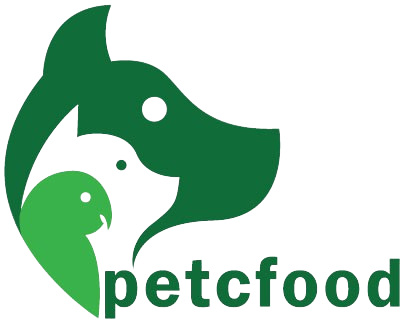
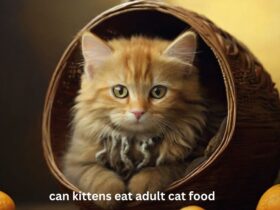
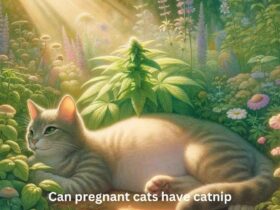

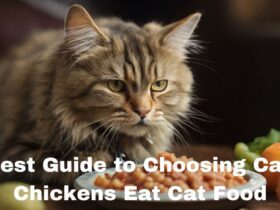





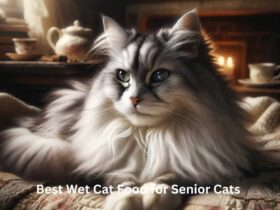
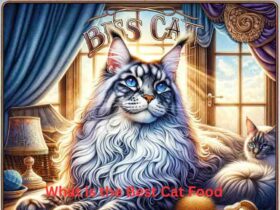
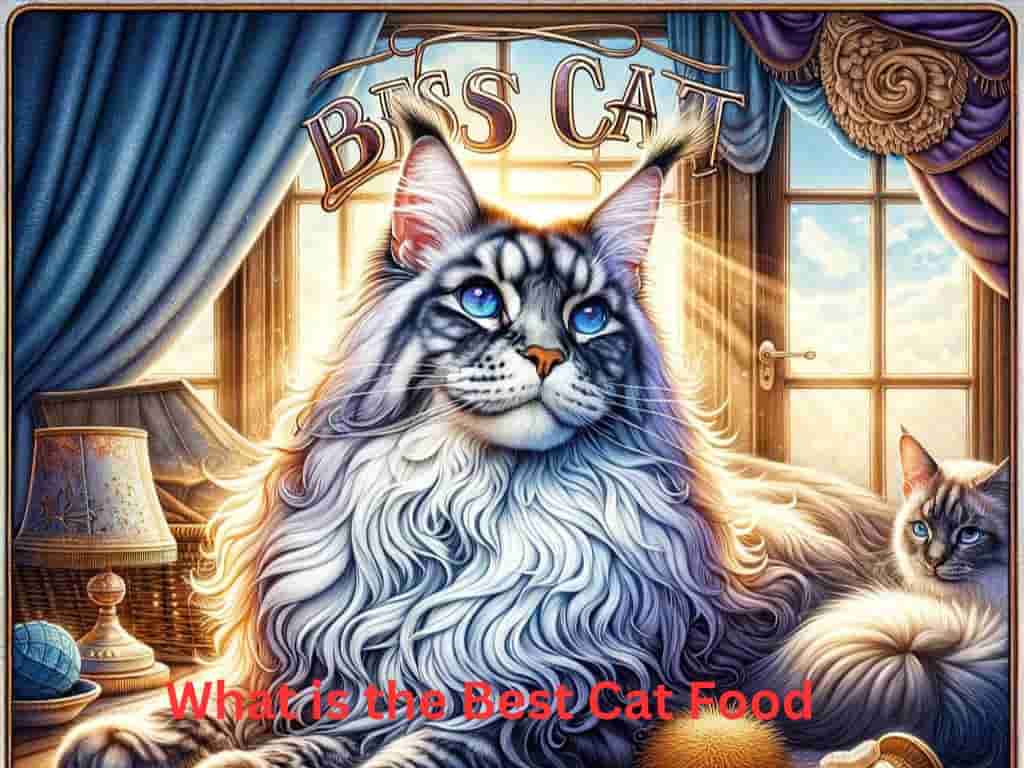
Leave a Review